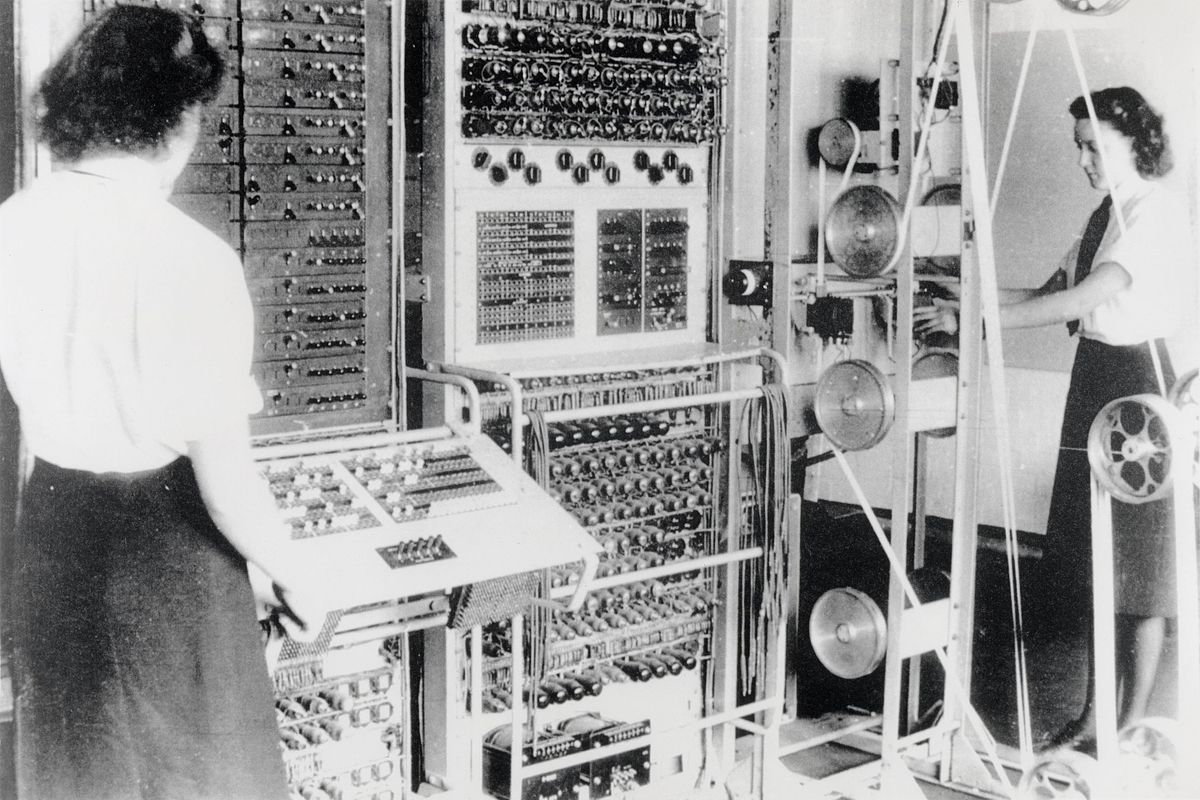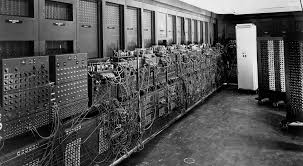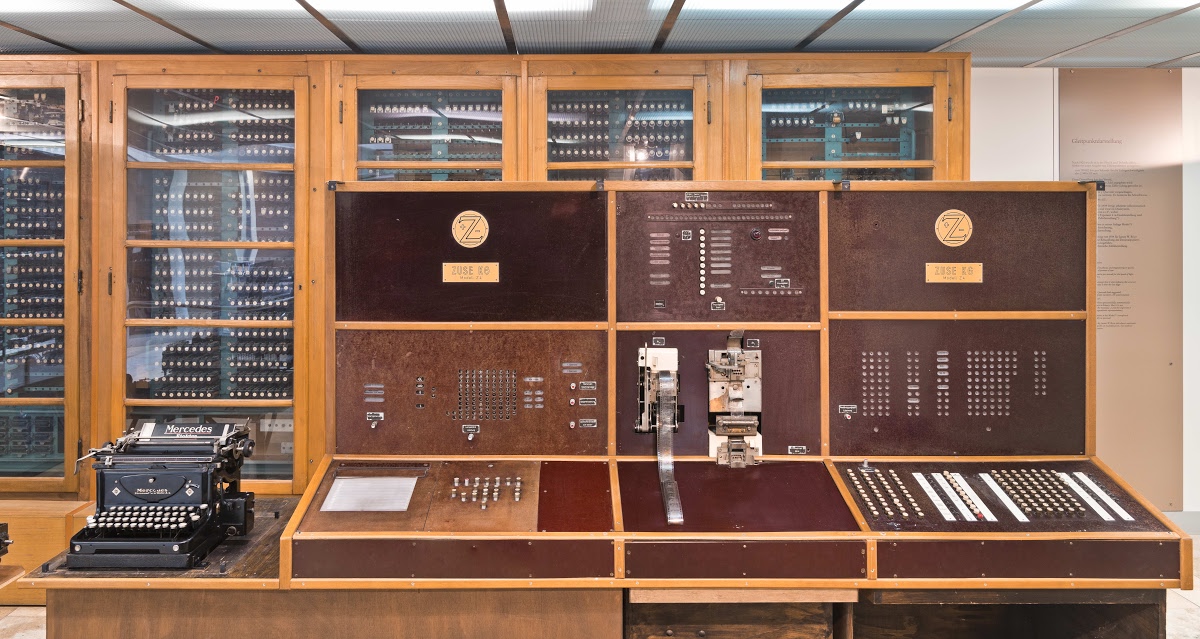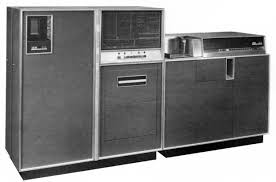Colossus Mark I
1943

The Colossus Mark 1 was the first electrical computer in world history. Created in 1943, it helped the allies crack the enigma code. Containing over 1600s vaccum tubes, it was considered the first programmable computer, which involved plugging in thousands of wires into certain inputs to output a certain result.
ENIAC
1945

The ENIAC, standing for "Electronic Numerical Integrator and Calculator", it was the first general-purpose computer, or a computer that could store,read,write data and perform complex operations. It could perform thousands of operations per second.
Z4
1945

The Z4 computer was arguably the world's first digital computer. Conrade Zuse, It was completed in April 1945 but announced after WW2
IBM NORC
1954

The IBM Naval Ordinance Research Calculator was a one of a kind computer at the time. On its opening day it calculated over 3000 digits of PI
IBM608
1957

The IBM 608 is considered to be the first transistorized computer, consisitng of no vaccume tubes and uses transistors that would overtime would grow more smaller and smaller. Created in 1957, it would set the stage for transistors to be used in computer architecture.